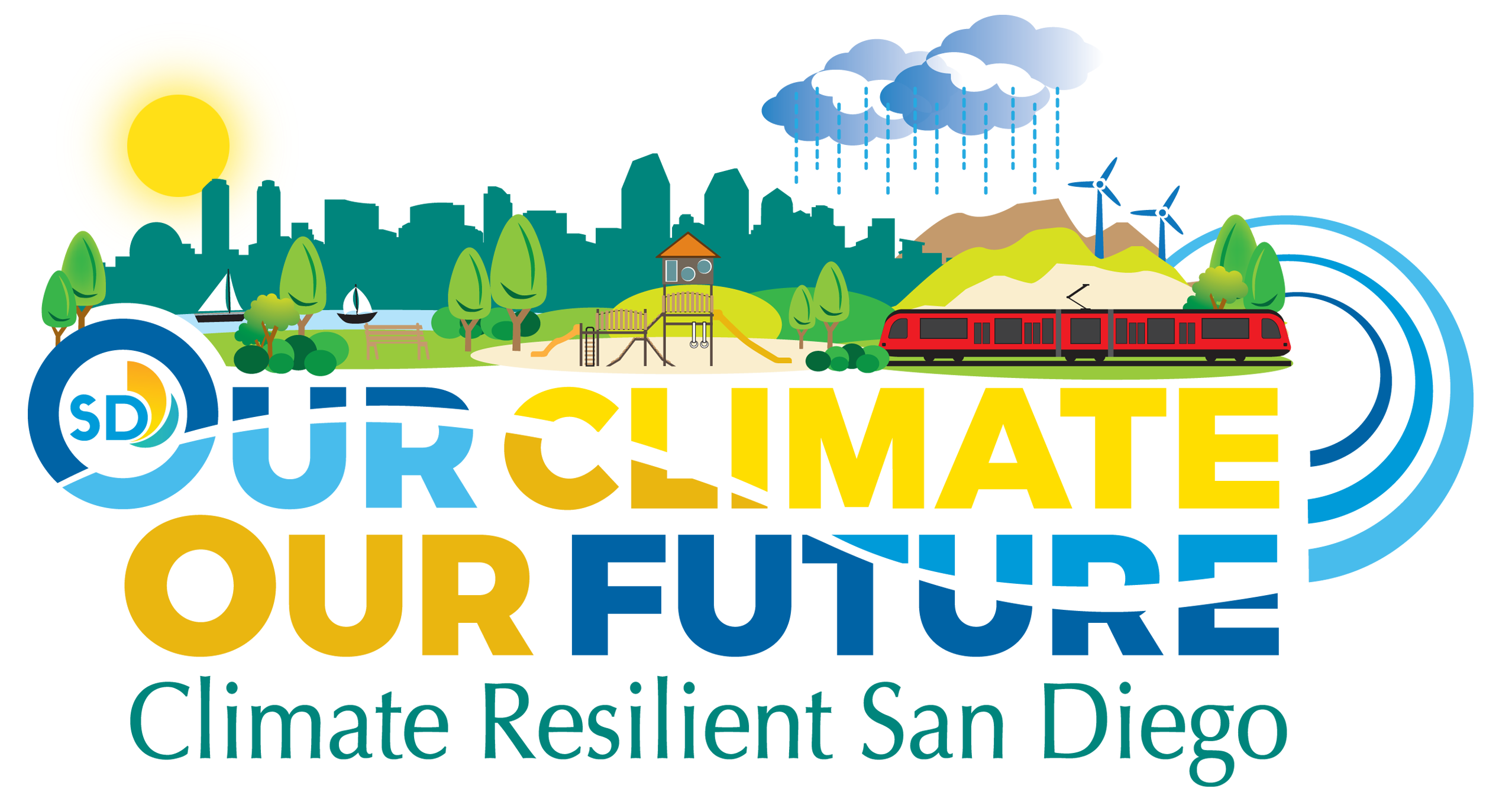Thriving Natural Environments
Thriving Natural Environments Policies
Expand a policy to view related resilience and adaptation strategies and their implementation statuses.
Implementation Highlights

To support the planning and implementation of green infrastructure, the Stormwater Department completed the Mission Bay and San Diego Bay IDEA studies in fiscal year 2024. This work resulted in a prioritized list of suitable sites for green infrastructure projects aligned with the City's infrastructure improvement and water quality efforts. To enhance the effectiveness of green infrastructure, the Stormwater Department is working on the development of standard drawings that will incorporate the latest advancements and best practices in stormwater management, ensuring that the green infrastructure projects are designed and constructed to maximize efficiency in reducing runoff, improving water quality and mitigating the impacts of urban development on the environment.
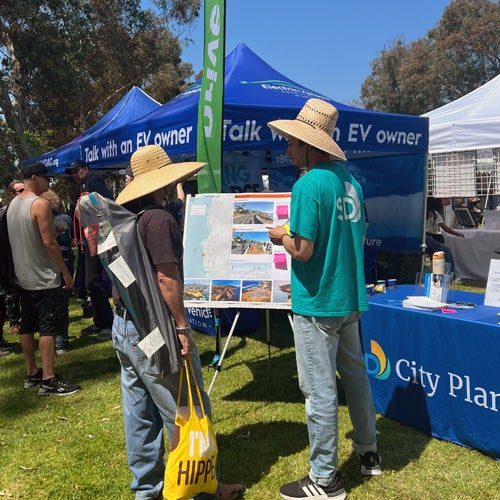
The City Planning Department continued work on the Coastal Resilience Master Plan including holding Stakeholder Advisory Committee meetings, pop-up engagement events, community workshops and launching an online survey to gather feedback from the community on proposed concept designs. The City worked on the development of nature-based solution concept-level designs for six locations along the City's coast. For more information about the Coastal Resilience Master Plan, visit the project webpage.
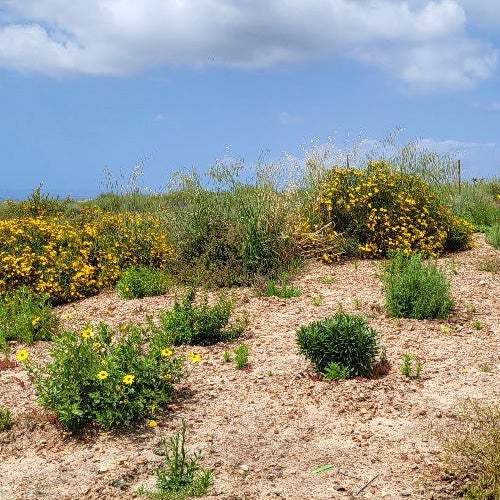
The City completed habitat restoration at the Robinhood Ridge site at the eastern edge of Dennery Canyon in Otay Mesa. Through grant funding from the State of California Wildlife Conservation Board, the Parks and Recreation Department worked to stabilize habitat conditions and protected species at Robinhood Ridge by implementing habitat restoration activities including targeted weed control, native seed dispersal, native plantings and supplemental watering.
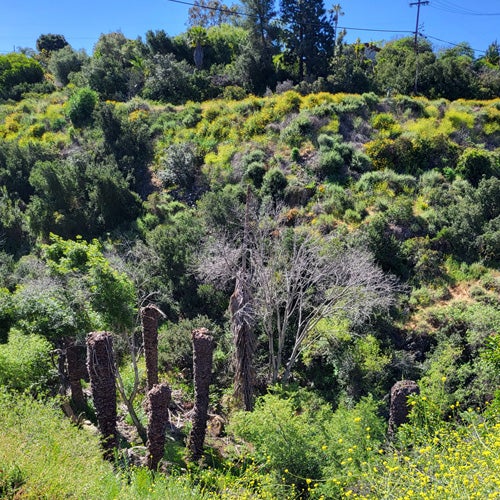
The Public Utilities Department (PUD) continues to implement land management practices that support ecosystem function and healthy watersheds. This includes multiple habitat restoration projects in the vicinity of the City's drinking water reservoirs and providing access permissions to our regional partners to perform habitat restoration work on PUD watershed lands. Notable accomplishments for fiscal year 2024 include completion of 2 acres of enhancement and restoration of coastal cactus wren habitat in San Pasqual Valley, completion of 12 acres of enhancement and restoration of coastal cactus wren habitat near Lower Otay Reservoir, continued management of invasive species, targeting tamarisk and arundo in the El Capitan Reservoir catchment and other locations in the San Diego River watershed and completion of 3.39 acres of habitat restoration in Chaparral Canyon.
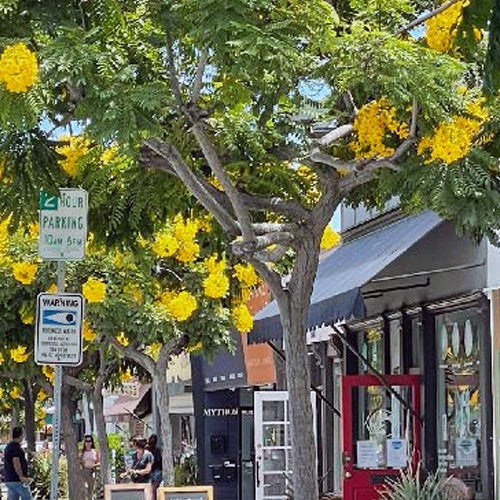
Protection and expansion of the City's urban tree canopy is critical in supporting the City's climate mitigation and resilience goals. In fiscal year 2024, the City planted 2,025 new trees, pruned 50,688 trees for tree health and public safety, watered approximately 1,000 street trees during the tree establishment period and protected over 100 existing street trees through sidewalk and infrastructure repairs.


